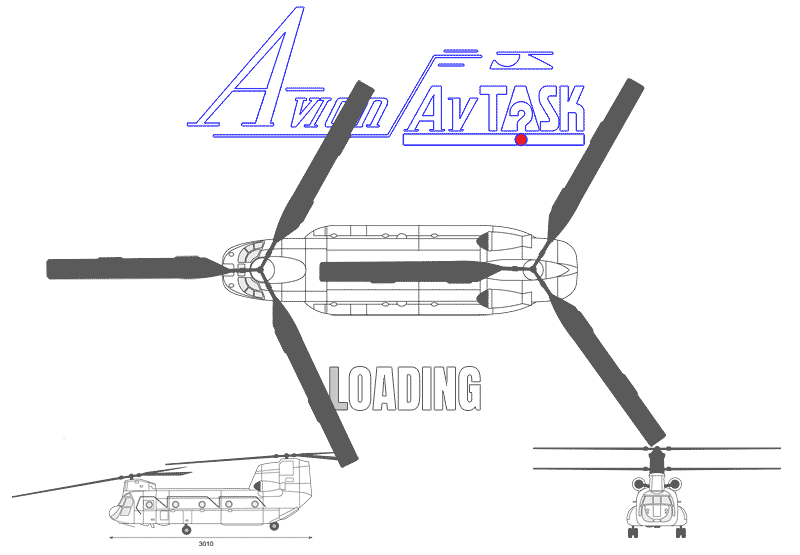AvTask NDT Testing Methods:
Infrared Light Inspection is used to locate water, and oil contaminants trapped within the honeycomb cells that make up the blade fairing.

Entrapped water is visible using an infrared camera. The surface of the blade is heated creating a temperature difference between the skin and the water trapped in the honeycomb core. Looking at the image above dark spots on the screen represent pockets of water. The blade surface is marked to show water pockets and concentration to determine the water removed during the drying process.
Light Imaging inspection consists of shining a bright light through the blade to visually locate drill holes, pin holes, previous repair, or any other issues that may be difficult to see from the surface. This also allows us to see through select previous repairs to identify the damage.

Coin Tap inspection utilizes a coin or tap hammer to tap on the blade and listen for change in tone. The change in tone can identify unbonded, delaminated, or crushed areas that require repair. All blades that complete the strip and dry process are fully coin tapped.

Ultrasonic Testing is an additional method used to detect
unbonds and flaws within the composite structure. AvTask conducts bond
testing using an Olympus Bondmaster 600 and flaw detection using through
transmission and pitch catch methods. AvTask also works with a local NADCAP certified contractor that can supply other NDT options.
Radiographic Testing (X-Ray) is used to see deeper into
the blade. When surface damage is present that has no clear cause, x-rays
films are taken of the damaged area to see if there is an issue below the
surface. In some cases, impact damage can also cause damage to underlying
structure. X-ray films facilitate inspection of blade structure without
removing laminate.
Weight and Weight Prediction Software are used to track the water removal process and estimate if a blade will be too heavy after repair. If the blade is estimated to be too heavy, previous heavy repairs can be removed and new repairs can be applied more efficiently, thus reducing the weight.
How do I inspect for Moisture (Non-Destructive)?
Infrared Camera

Absorption of moisture in composite structures is a problem within the industry. Avtask has developed a system for inspecting CH-47 rotor blades for water intrusion. The system is comprised of common components, however the assembly of those components into a working system is unique. A simple heat gun is used to raise the temperature of the blade surface. We then use an infrared camera, attached to a monitor, to observe the temperature gradient. The difference in temperature of cells containing water is readily apparent when compared to dry cells. The resolution of the monitor allows us to observe a single cell.
SUBSCRIBE FOR UPDATES

